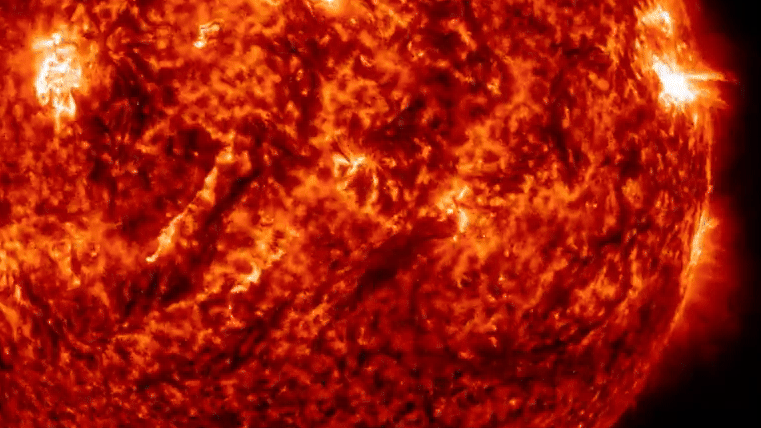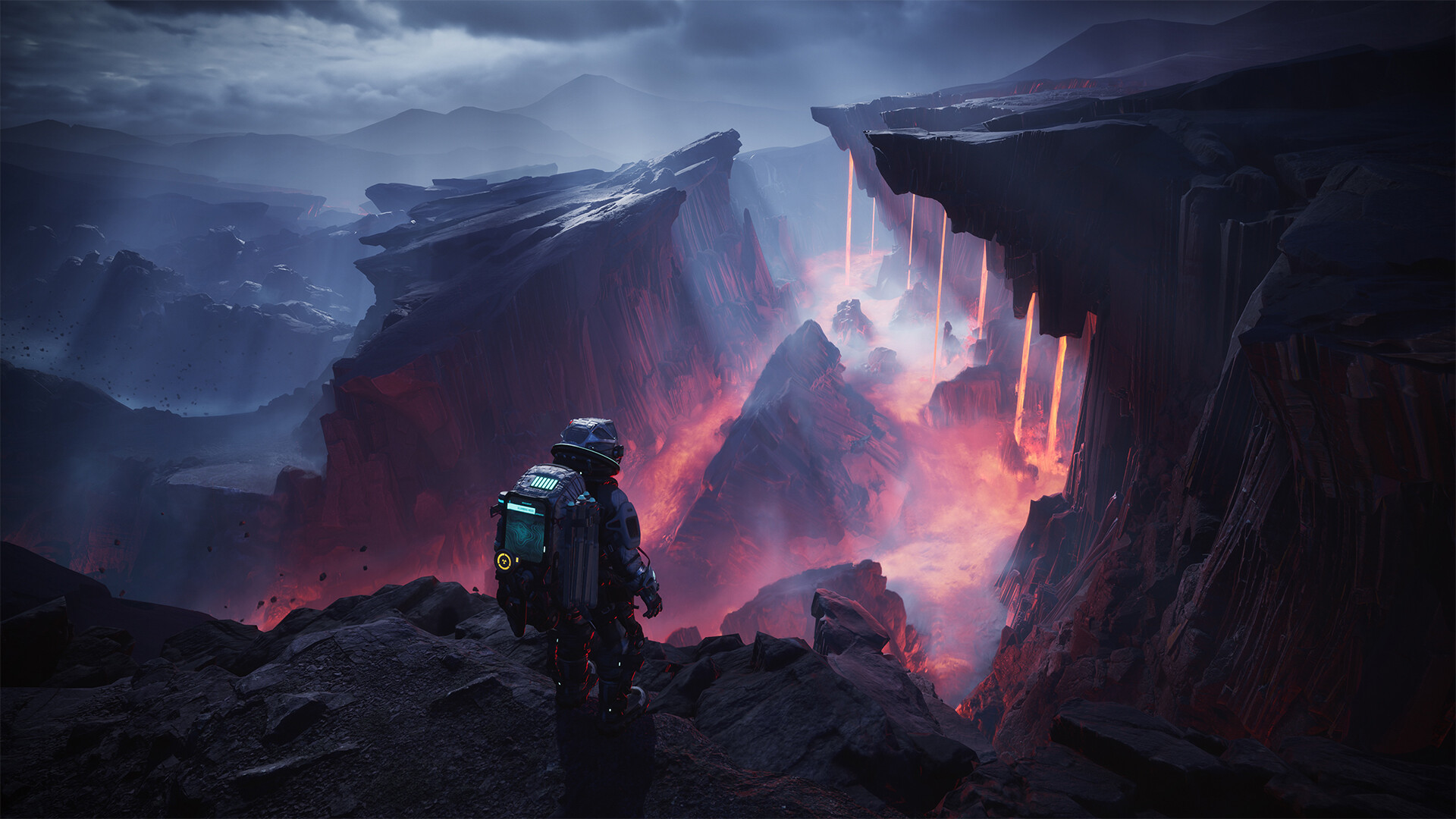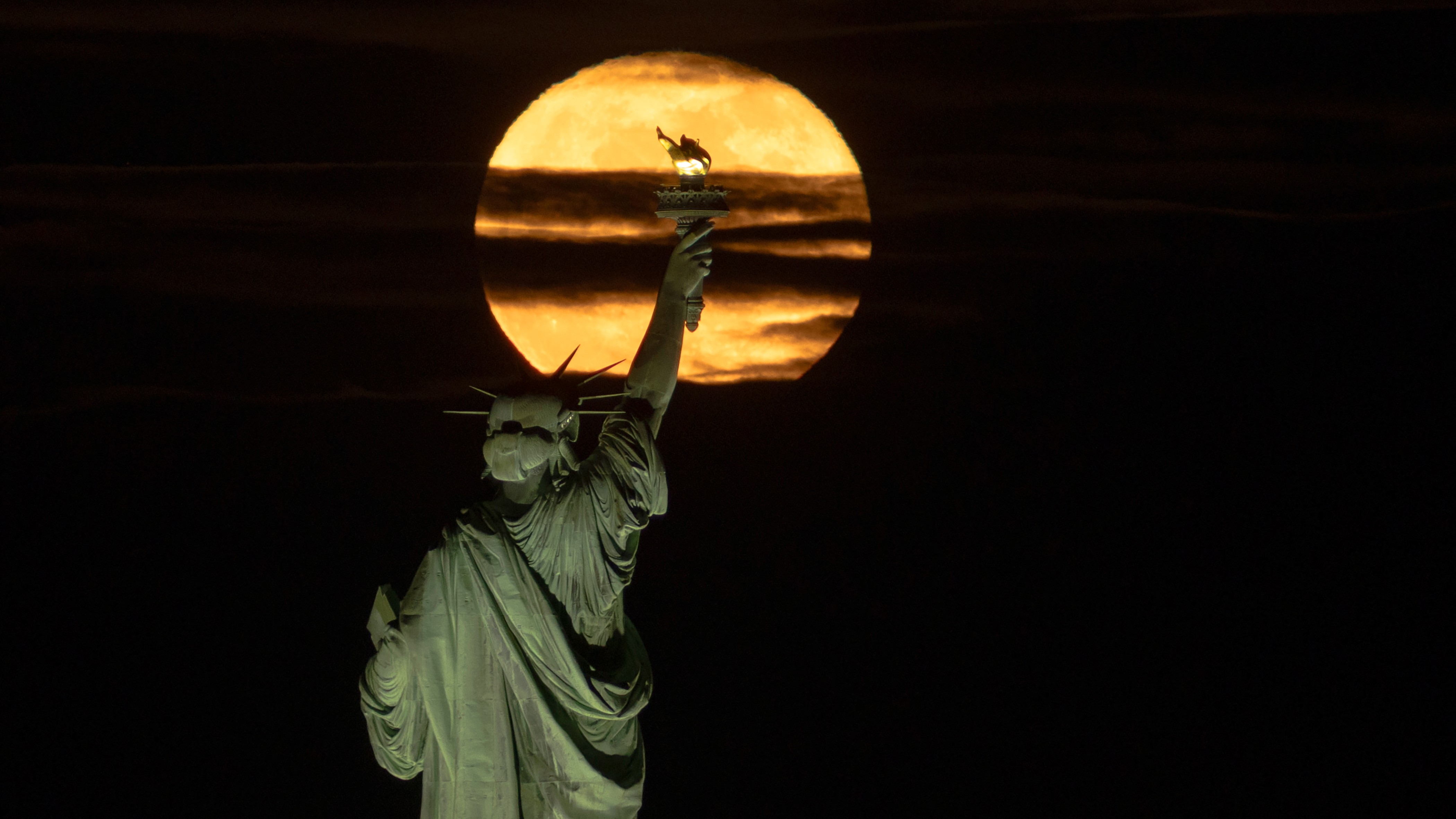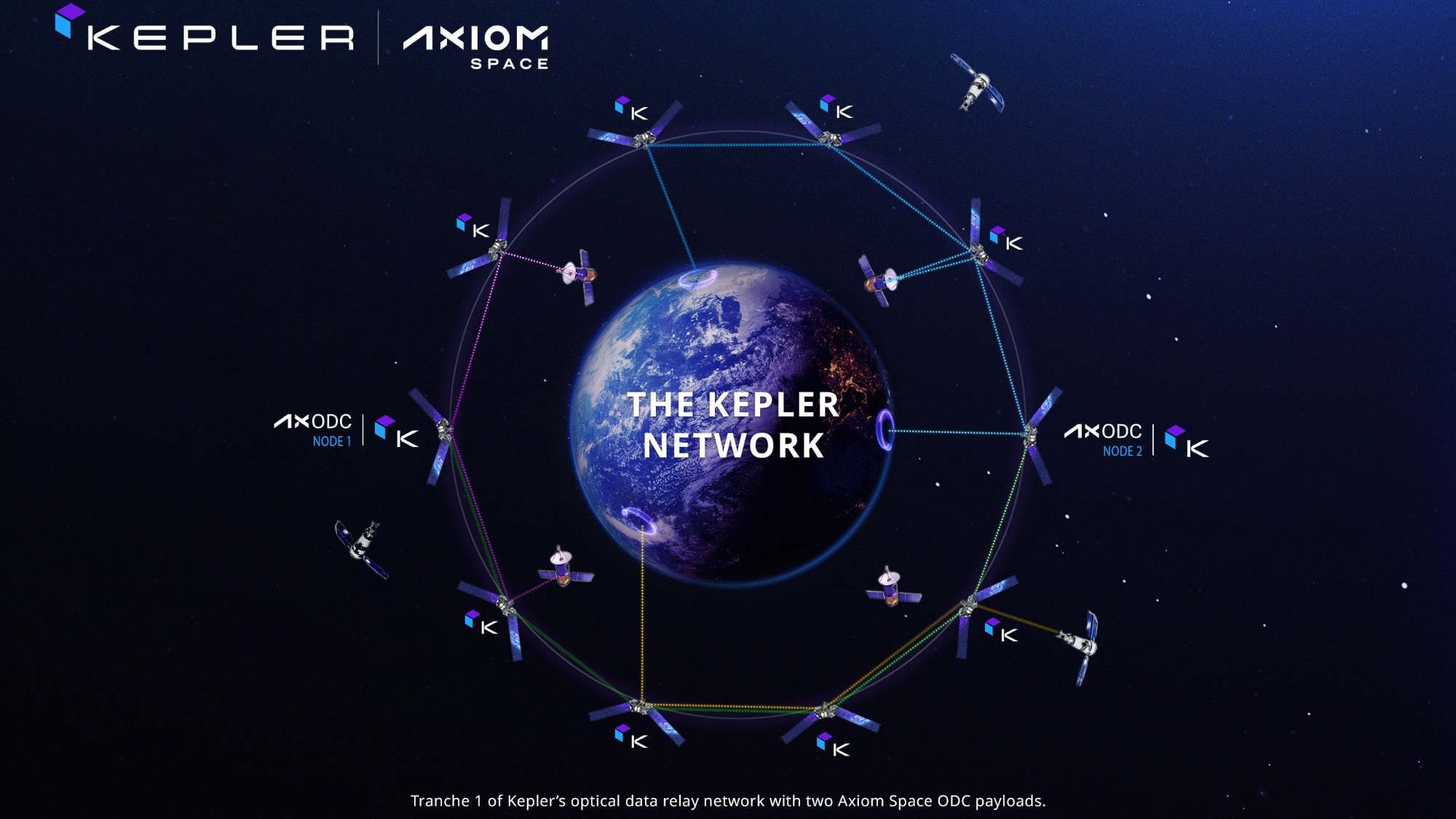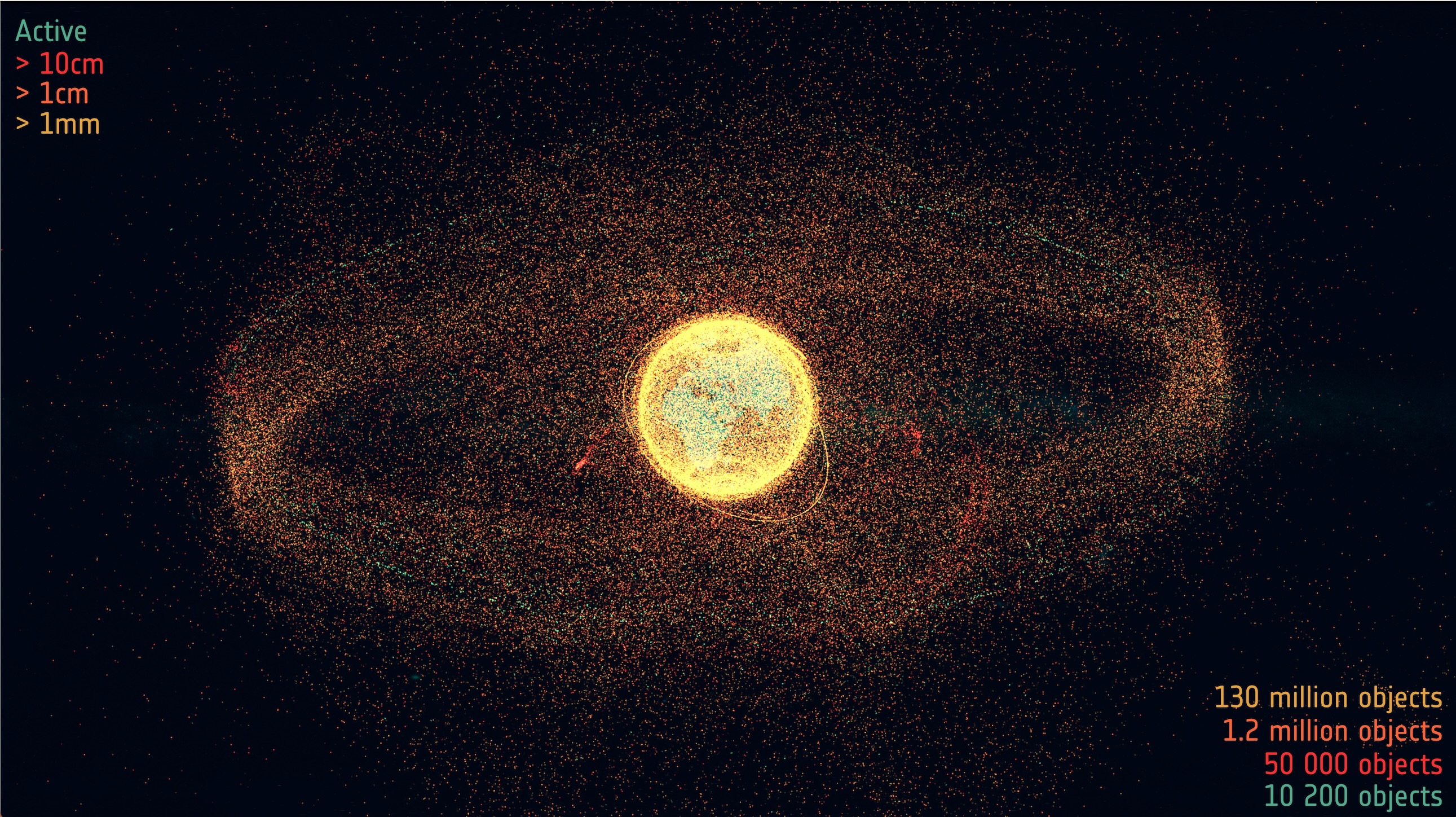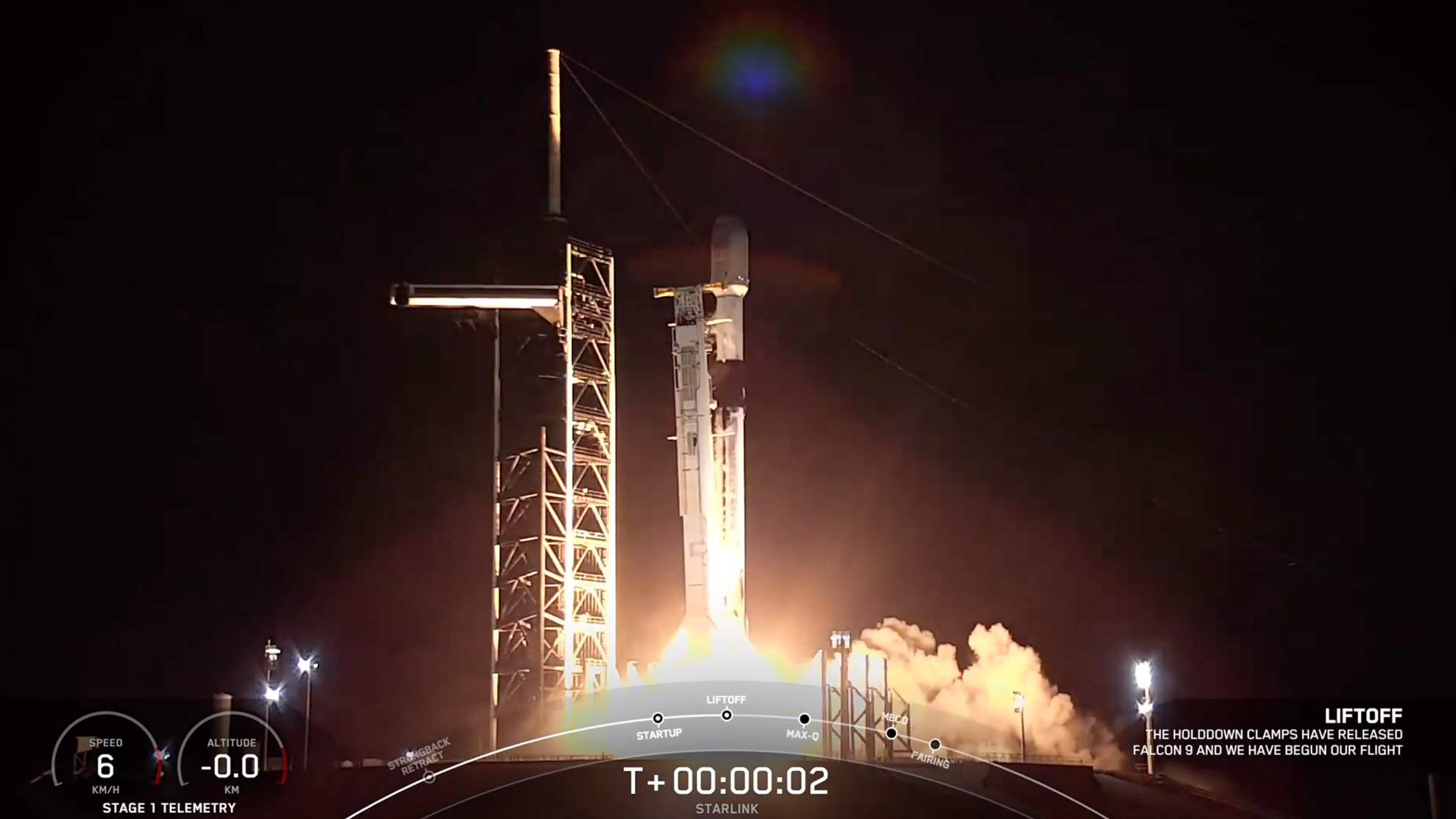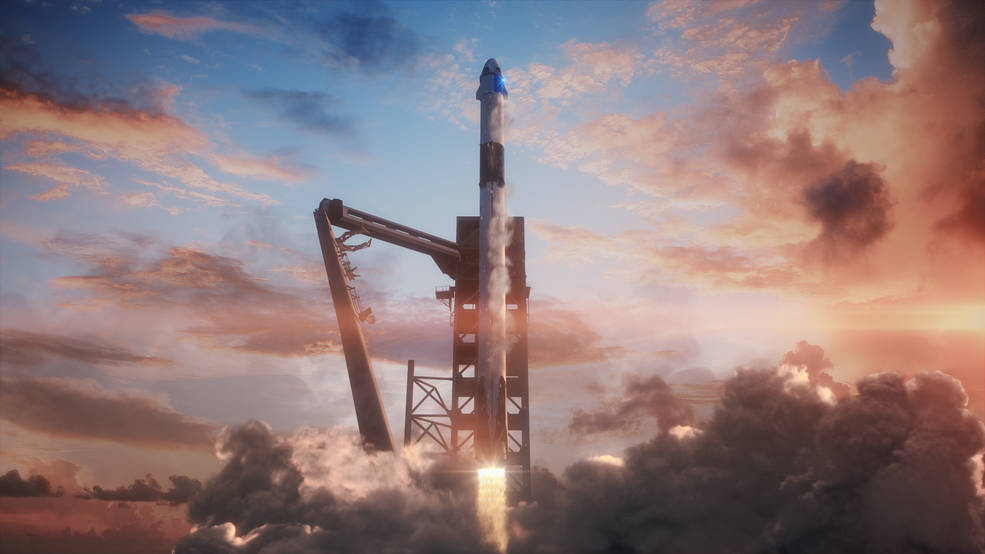
SpaceX and NASA have pushed the first test flight of the Crew Dragon capsule back by 10 days, partly to avoid a traffic jam at the International Space Station (ISS).
The maiden orbital mission of SpaceX's astronaut taxi — an uncrewed flight to the ISS known as Demo-1 — is now scheduled to launch on Jan. 17, NASA officials announced on Friday (Dec. 7). That's four days after one of Crew Dragon's robotic, cargo-carrying cousins departs the orbiting lab.
The cargo Dragon arrived at the ISS on Saturday (Dec. 8), carrying more than 5,600 lbs. (2,540 kilograms) of supplies, scientific experiments and other goodies — including Christmas cookies and other treats for the Expedition 57 crew. The freighter is scheduled to depart on Jan. 13. [In Photos: A Behind-the-Scenes Look at SpaceX's Crew Dragon Spaceship]
Crew Dragon will lift off atop a SpaceX Falcon 9 rocket from Launch Pad 39A at NASA's Kennedy Space Center in Florida, which previously hosted space-shuttle and Apollo moon-mission launches.
If all goes according to plan with Demo-1, Crew Dragon will berth with the ISS, stay attached to the orbiting lab for a few weeks, and then come back down to Earth in a parachute-aided ocean splashdown, as its cargo cousins do.
Demo-1 will help prove out all these activities before Crew Dragon carries astronauts on the Demo-2 mission, a flight to the ISS that's currently targeted for June 2019. Between those two missions, SpaceX will conduct an uncrewed "in-flight abort" test with the capsule, demonstrating its ability to get astronauts away from danger in the event of a launch anomaly.
"We still have more work to do as the certification process, hardware development and readiness reviews continue," Kathy Lueders, manager of NASA’s Commercial Crew Program, said in a statement.
Get the Space.com Newsletter
Breaking space news, the latest updates on rocket launches, skywatching events and more!
"The key readiness reviews along with NASA’s continued analysis of hardware and software testing and certification data must be closed out prior to launch," she added. "The upcoming steps before the test missions are critical, and their importance can't be understated. We are not driven by dates, but by data. Ultimately, we'll fly SpaceX Demo-1 at the right time, so we get the right data back to support the in-flight abort test and the next test flight when our astronauts are aboard."
SpaceX holds a multibillion-dollar commercial-crew contract with NASA, as does aerospace giant Boeing. Boeing is developing a capsule called the CST-100 Starliner, which is scheduled to fly its first uncrewed test mission in the spring of 2019.
Once Crew Dragon and Starliner are up and running, NASA will no longer be entirely dependent on Russian Soyuz rockets and spacecraft to get American astronauts to and from the ISS. This has been the situation since July 2011, when NASA grounded its space shuttle fleet.
SpaceX also holds a cargo contract with NASA and has flown 16 resupply missions to the orbiting lab since 2010. Northrop Grumman makes ISS cargo flights as well, using Antares rockets and Cygnus freighters.
Mike Wall's book about the search for alien life, "Out There" (Grand Central Publishing, 2018; illustrated by Karl Tate) is out now. Follow him on Twitter @michaeldwall. Follow us @Spacedotcom or Facebook. Originally published on Space.com.
Join our Space Forums to keep talking space on the latest missions, night sky and more! And if you have a news tip, correction or comment, let us know at: community@space.com.

Michael Wall is a Senior Space Writer with Space.com and joined the team in 2010. He primarily covers exoplanets, spaceflight and military space, but has been known to dabble in the space art beat. His book about the search for alien life, "Out There," was published on Nov. 13, 2018. Before becoming a science writer, Michael worked as a herpetologist and wildlife biologist. He has a Ph.D. in evolutionary biology from the University of Sydney, Australia, a bachelor's degree from the University of Arizona, and a graduate certificate in science writing from the University of California, Santa Cruz. To find out what his latest project is, you can follow Michael on Twitter.



